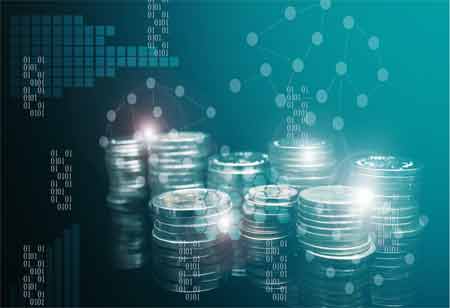THANK YOU FOR SUBSCRIBING
Be first to read the latest tech news, Industry Leader's Insights, and CIO interviews of medium and large enterprises exclusively from CFO Tech Outlook
THANK YOU FOR SUBSCRIBING

By
CFO Tech Outlook | Monday, December 13, 2021
Stay ahead of the industry with exclusive feature stories on the top companies, expert insights and the latest news delivered straight to your inbox. Subscribe today.
Tax technology has advanced at a breakneck pace in recent years, and corporate tax professionals now have more options for digitising their tax processes than ever before.
FREMONT, CA: Tax departments and tax professionals leverage new technologies and cultivate the abilities necessary for the digital future by combining manual work and automation to augment their collective capabilities.
Automated Taxation in the Past and Present
Historically, tax professionals used paper-based systems. Tax returns were completed, and corrections were made using white-out. When computers became more prevalent, these systems became somewhat less manual and slightly more automated. To begin, there were form-filling applications designed to simplify the returns process. Eventually, technology evolved into software applications that could automatically populate forms once responses are entered.
Robotic process automation (RPA) is now more prevalent in tax practices. RPA is a subset of software capable of simulating physical activity tasks—basically, any job that requires no knowledge or human understanding. RPA is well suited for manual, repetitive data validation and data entry tasks. Computers can be logically programmed to perform these actions, as the sequence of events is precise. If particular circumstances or a set of circumstances endures, the computer is directed to complete some response. RPA tools are often used with existing desktop applications to accelerate their performance. However, significant human intervention is required throughout these stages. Individuals were always needed to make task-control decisions, act as supervisors, monitor their performance, and intervene when a process was not proceeding as planned. Tax automation aims to reduce reliance on people to perform repetitive tasks. Earlier automation systems were limited in achieving this goal, but technological advances enabled machines to perform some functions autonomously. A balanced human-autonomy approach is one in which computational intelligence can make more complex decisions—and humans only intervene when the software cannot handle the situation.
Automation of Smart Processes
Smart Process Automation (SPA) is a more advanced version of RPA, sometimes called RPA 2.0. Machine learning enables more innovative automated workflow than RPA. If RPA solutions are defined by their ability to "do" tasks, machine learning solutions are characterised by "think and learn." SPA solutions can "learn" a job by using patterns and inferences. This means the computer can predict how a human reacts in certain situations, allowing it to perform the task with greater accuracy and speed. Categorising data is an excellent example of a job where machine learning is handy—repetitive, time-consuming, and sometimes requires cognitive ability.
Similarly, tax forms can be automatically staffed using SPA based on rules and learned intelligence; RPA can extract the necessary data from the database. Using these technologies effectively requires little human intervention to complete a form thoroughly. Today's smart process automation tools already bring property tax professionals closer to the optimal human-autonomy balance, but more can be done to maximise automation benefits.
See Also: Top 10 Machine Vision Solution Companies
I agree We use cookies on this website to enhance your user experience. By clicking any link on this page you are giving your consent for us to set cookies. More info

However, if you would like to share the information in this article, you may use the link below:
www.cfotechoutlookapac.com/news/digital-transformation-of-the-tax-department-nid-1491.html



